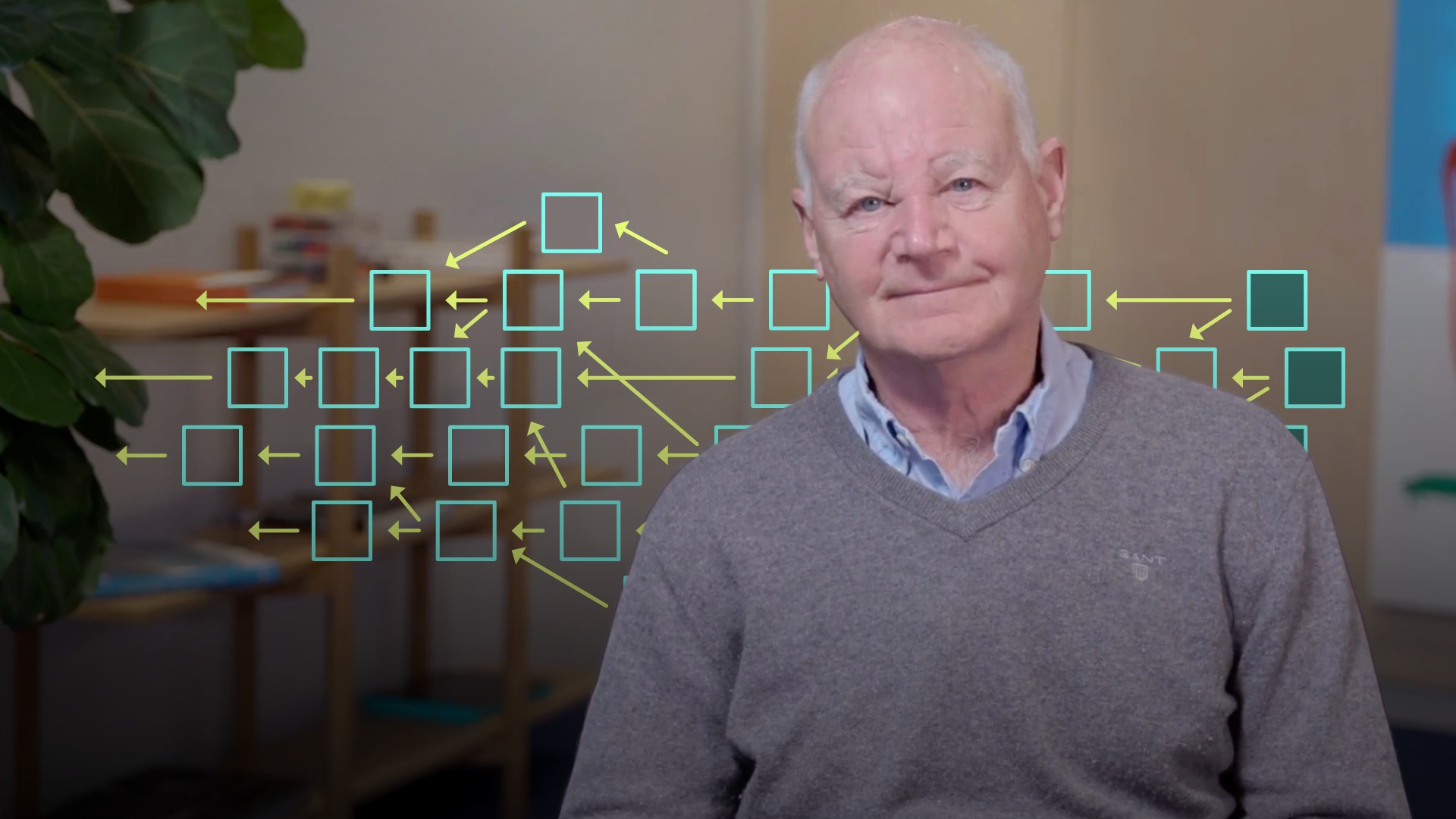
Limitations of Blockchain and the IOTA Tangle

Brian Marcel
35 years: Financial technology
The Tangle is an alternative type of distributed ledger technology; it is a Directional Acyclic Graph (DAG). Here, Brian covers the limitations of Blockchain and provides solutions offered by the Tangle.
The Tangle is an alternative type of distributed ledger technology; it is a Directional Acyclic Graph (DAG). Here, Brian covers the limitations of Blockchain and provides solutions offered by the Tangle.
Subscribe to watch
Access this and all of the content on our platform by signing up for a 7-day free trial.

Limitations of Blockchain and the IOTA Tangle
7 mins 2 secs
Key learning objectives:
Identify the limitations of blockchain technology
Explain the uses of Tangle to overcome the blockchain constraints
Describe the benefits of the Tangle
Overview:
Amongst others, the main issue with blockchains are their speed and scalability problems. The Tangle provides an alternative: a true open source distributed ledger technology space, whilst simultaneously eliminating the environmentally unsustainable impact of miners and of securing blockchain DLT data.
Subscribe to watch
Access this and all of the content on our platform by signing up for a 7-day free trial.
What are the limitations of blockchain?
- Speed and Scale
- It is currently estimated that blockchain can process no more than 15 transactions per second. Reasons for this are that it involves miners to validate each transaction using consensus, they have to solve a complicated mathematical problem in order to do this. Hence, to validate a block, it requires a large amount of computing power, which is costly and inefficient. This restricts scalability and adds costs to users who need to pay fees for each transaction to the miners.
- Blockchain Security relies on Private Personal Keys
- A key is simply a sequence of letters and numbers. These need to be kept safe. If the key is lost or misplaced by its owner, this can lead to huge problems.
- Vulnerability from ‘Hot Wallets’
- These are internet connected applications for storing private keys, such as crypto exchanges. The most famous example of things going wrong is the heist of more than $500 million cryptocurrency from Coincheck based in Japan. In another example in 2016, hackers stole $80 million of Ether from an investment fund.
- Blockchain is 51% Consensus Based
- If more than half the community running the nodes tells a lie, then that lie becomes the truth. Truth on the blockchain simply equates to that which the consensus accepts as being the truth.
- Blockchain is Permissioned Access Only
- Only members of the ecosystem have access to the blockchain and the data, which implies central control and defeats the ethos of ‘true information available to all’.
What is the Tangle, and what is its approach?
The Tangle is an alternative type of distributed ledger technology; it is a Directional Acyclic Graph (DAG), developed by the IOTA Foundation which is a global non-profit foundation. Their goal is to establish a true global, open source DLT space, where the Internet of Things and the Connected Economy are a reality.Egalitarian Approach:
The IOTA DLT platform is freely available to humanity to ensure that everyone can connect data, money and devices, and that they can do so freely. This means that the platform will be ideal for zero-cost micro payments with no transaction fees. It also means that it has the potential to accelerate past other blockchain technologies, rendering them obsolete in a very short space of time. Their vision is well funded and supported by major manufacturing supply chain giants like Volkswagen, Jaguar and Land Rover.How does it overcome the blockchain limitations?
IOTA promises security, scalability and quantum computing resistance, whilst being able to effectively model complex supply chains in its Tangle. It is designed to overcome the weaknesses of ‘traditional blockchains’.
For example, IOTA has a consensus mechanism which requires no separate, and divisive, miners to secure the network by ‘proof of work’. Each transaction validates two previous transactions cryptographically, and the cost of each is essentially free. With this, IOTA eliminates the need for ‘pay to play’ on its ledger, and makes the system infinitely scalable because the users are, in effect, the miners and therefore mining is completely distributed amongst the user base.
What are the benefits of the Tangle?
- It is open source, developed and maintained by the non-profit IOTA foundation
- It is permissionless and secure
- IOTA protocol ensures data-privacy, integrity and authenticity
- It is fee-free, enabling a frictionless digital infrastructure
- It has a lightweight core protocol to run on small devices and sensors
- It does real-time streaming of data and payments to avoid latency
Subscribe to watch
Access this and all of the content on our platform by signing up for a 7-day free trial.

Brian Marcel
There are no available Videos from "Brian Marcel"



























